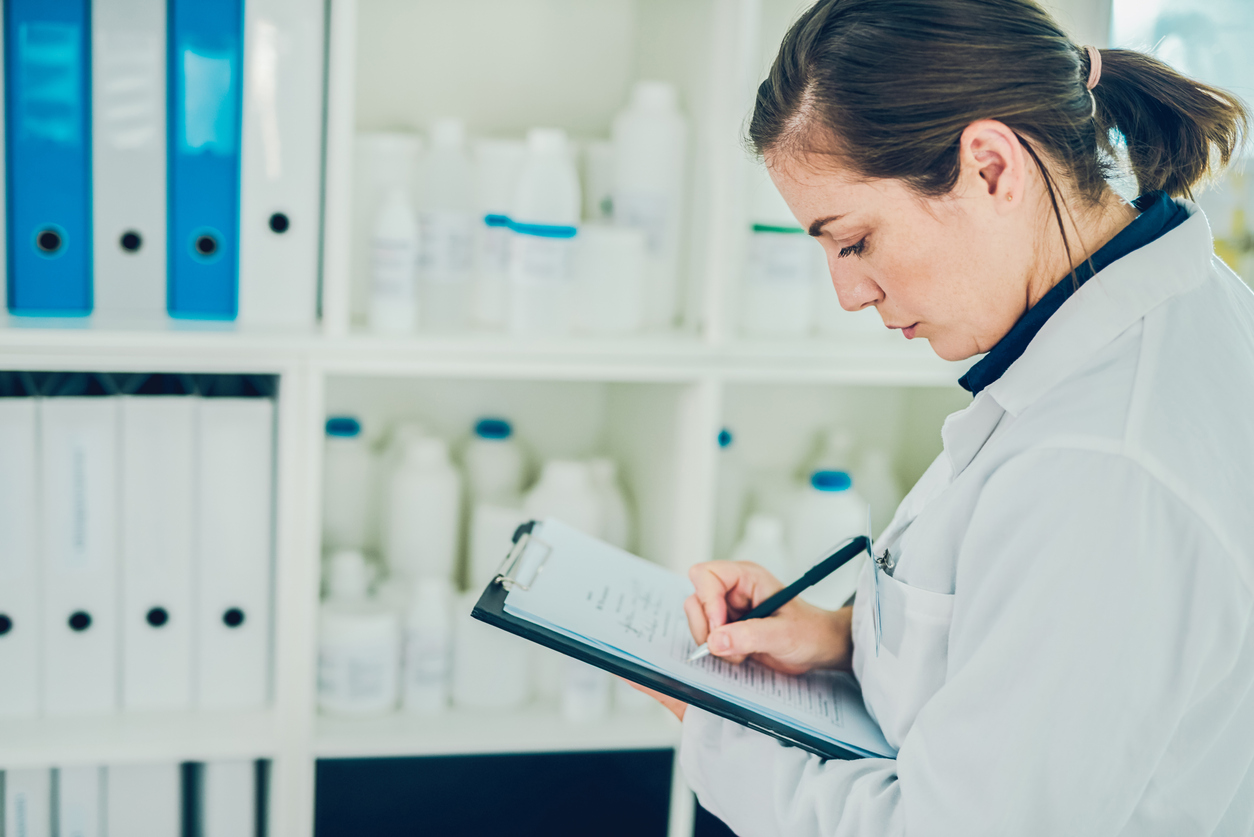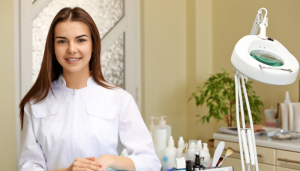Everything You Need to Know About Cosmetic Marketing Licence

Table of Contents
ToggleSo, you’re curious about the ins and outs of getting a cosmetic marketing licence? Maybe you’re thinking of launching your own line or just want to know what it takes to get your products on the market legally. Well, you’re in the right place.
This guide will break down everything you need to know about obtaining a cosmetic marketing licence, from the basic requirements to the benefits and challenges you might face along the way. Let’s dive in and see what this whole process is about.
Key Takeaways
A cosmetic marketing licence is essential for legally selling cosmetic products.
Understanding regulatory standards is crucial to avoid legal issues.
Proper documentation and record-keeping are part of the licencing process.
Holding a licence can boost your brand’s credibility and open market opportunities.
Staying updated with regulatory changes is necessary for ongoing compliance.
Understanding the Basics of a Cosmetic Marketing Licence
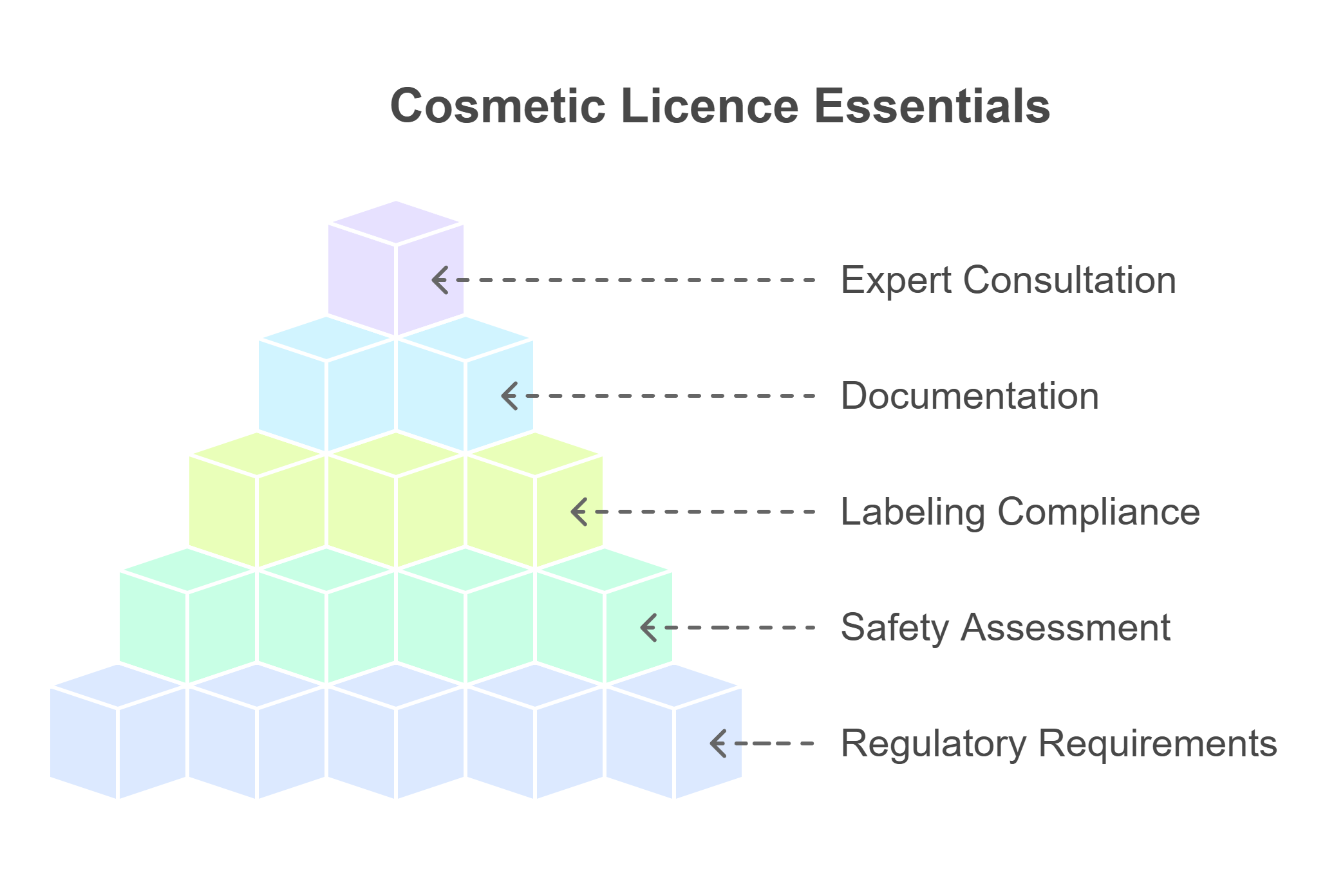
Definition and Purpose of a Cosmetic Marketing Licence
A Cosmetic Marketing Licence is essentially a green light for businesses to legally market their cosmetic products. It’s not just about selling; it’s about ensuring that products meet safety standards and are marketed truthfully.
This licence ensures that products are safe for consumers and comply with regulatory standards. Think of it as a way to keep the beauty industry honest and transparent.
Key Requirements for Obtaining a Licence
Getting a Cosmetic Marketing Licence involves a few crucial steps:
Product Information File (PIF): Every product needs a comprehensive dossier, which includes safety assessments, product descriptions, and manufacturing methods.
Safety Assessment: Conducted by qualified assessors, this ensures the product is safe for use.
Labelling Compliance: Labels must include information like ingredients, usage instructions, and expiry dates.
These steps ensure that all bases are covered before a product hits the shelves.
Common Misconceptions About Cosmetic Licences
There are a few myths floating around about cosmetic licences:
Myth 1: “I don’t need a licence to sell cosmetics.” While you might not need a licence to sell, each product must have a PIF.
Myth 2: “Licences are only for big companies.” Small businesses also need to comply with the same regulations.
Myth 3: “Once I have a licence, I’m set for life.” Licences require regular updates and compliance checks to remain valid.
Understanding these basics helps demystify the process and encourages more businesses to comply. It’s not just about ticking boxes; it’s about building trust and ensuring safety in the cosmetics industry.
Navigating the Legal Landscape of Cosmetic Marketing
Overview of Relevant Regulations and Standards
In cosmetics, understanding the regulations is like knowing the rules of a game before playing. Cosmetic products must adhere to strict laws to ensure they are safe for consumers. These rules aren’t just about ingredients; they also cover labelling, packaging, and marketing claims.
For instance, in the UK and EU, cosmetics must comply with regulations that demand proof of product safety and efficacy. This means any claim made about a product, like “reduces wrinkles” or “hypoallergenic,” must be backed by scientific evidence.
Legal Implications of Non-Compliance
Ignoring these regulations can be risky business. Non-compliance isn’t just a slap on the wrist; it can lead to hefty fines, product recalls, or even a ban on selling products.
Companies might also face damage to their reputation, which can be hard to recover from. It’s not just about avoiding penalties; compliance is about maintaining trust with your customers. Without it, your brand could suffer long-term consequences.
Steps to Ensure Legal Compliance
Staying on the right side of the law involves a few key steps.
First, keep up-to-date with the latest regulations. Laws can change, and it’s crucial to adapt quickly.
Second, invest in good quality control processes. This means regular testing of products and ensuring all claims are backed by evidence.
Third, maintain thorough documentation. Keeping detailed records of your formulations, testing results, and marketing materials can be invaluable if you ever need to prove compliance.
“Compliance isn’t just about avoiding penalties; it’s about building a brand that consumers can trust. By prioritising legal and ethical standards, you not only protect your business but also enhance its reputation.”
Steps to Obtain a Cosmetic Marketing Licence
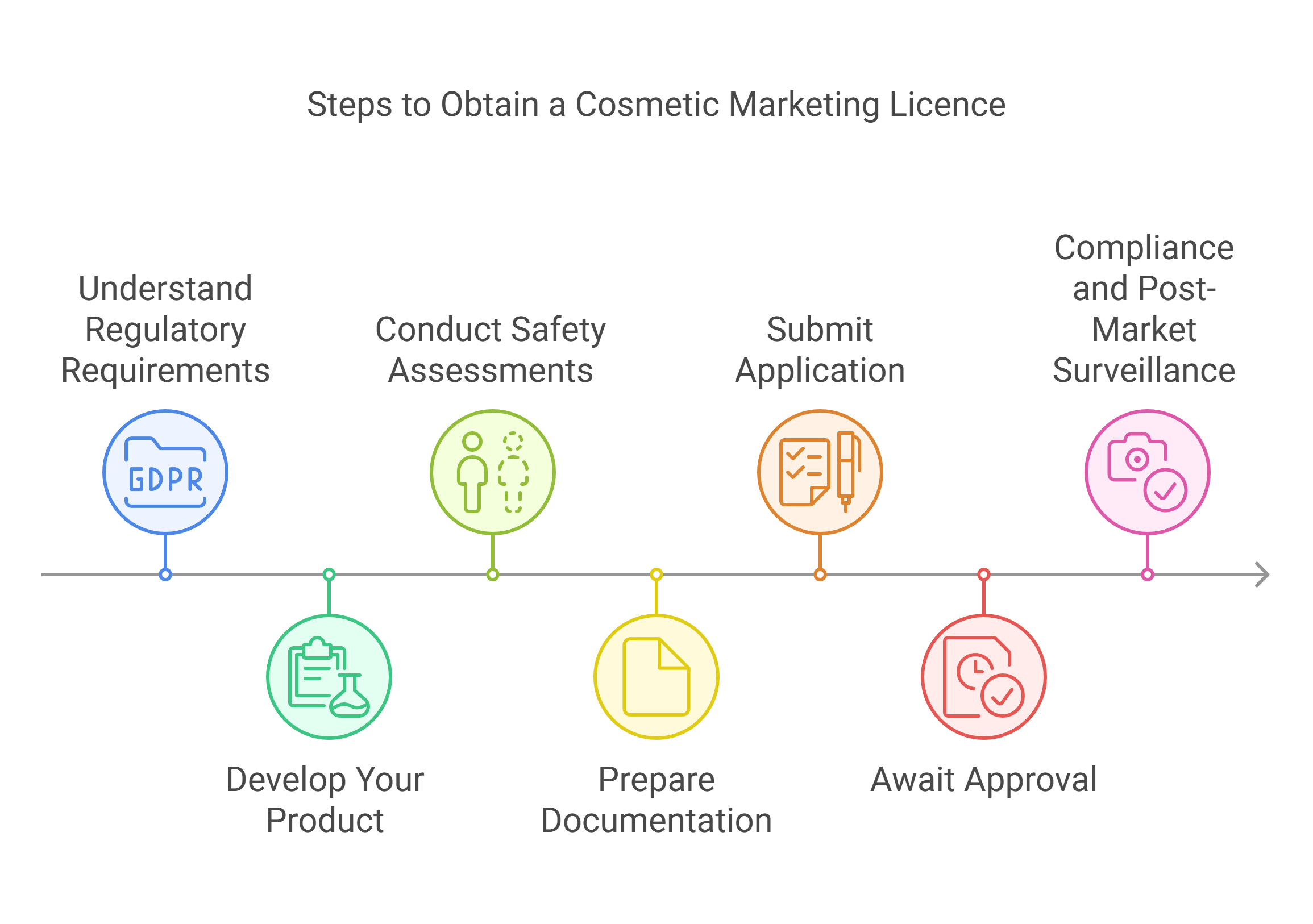
Embarking on the journey to secure a cosmetic marketing licence might seem daunting, but breaking it down into manageable steps can make the process smoother.
Here’s a comprehensive guide to help you navigate through it.
Preparing Your Application for Submission
The first step in acquiring a cosmetic marketing licence is gathering all necessary information and documentation. Ensure you have a clear understanding of the regulatory requirements specific to your region.
Start by identifying the regulatory body responsible for cosmetic products in your country. This could be a governmental health department or a specific agency dedicated to cosmetics.
Research the guidelines: Familiarise yourself with the rules and regulations that govern cosmetic marketing in your area. This includes understanding labelling requirements, safety assessments, and any specific product categories that might need special attention.
Compile necessary documents: Gather all required documents such as product formulations, safety data, and any previous certifications or licences.
Draught a cover letter: Write a concise cover letter that outlines your intent to apply for a licence and highlights the key aspects of your application.
Documentation and Record-Keeping Requirements
Keeping thorough records is not just a regulatory requirement but also a good business practise. Accurate documentation can safeguard your business in case of audits or legal inquiries.
Maintain a Product Information File (PIF): This file should include all relevant information about your cosmetic product, such as the product description, Cosmetic Product Safety Report (CPSR), and proof of claims.
Ensure traceability: Keep records of all ingredients, suppliers, and manufacturing processes. This will help in tracing any issues back to their source if needed.
Regular updates: Update your documentation regularly to reflect any changes in product formulation or regulatory standards.
Understanding the Review Process
Once your application is submitted, it will undergo a review process. Knowing what to expect can help you prepare adequately and address any potential issues proactively.
Initial review: Your application will first be checked for completeness. Ensure all sections are filled out correctly to avoid delays.
Technical evaluation: Regulatory bodies will assess the safety and compliance of your product. They might request additional information or clarification during this stage.
Final decision: After thorough evaluation, you will receive a decision regarding your application. If approved, you will be granted a cosmetic marketing licence, allowing you to legally market your products.
Navigating the application process for a cosmetic marketing licence requires attention to detail and a proactive approach. By staying organised and informed, you can streamline the process and focus on bringing your products to market successfully.
Benefits of Holding a Cosmetic Marketing Licence
Enhancing Brand Credibility and Trust
Having a cosmetic marketing licence can really boost how people see your brand. Consumers are more likely to trust products that are backed by a licence, as it shows you’re committed to following the rules and regulations.
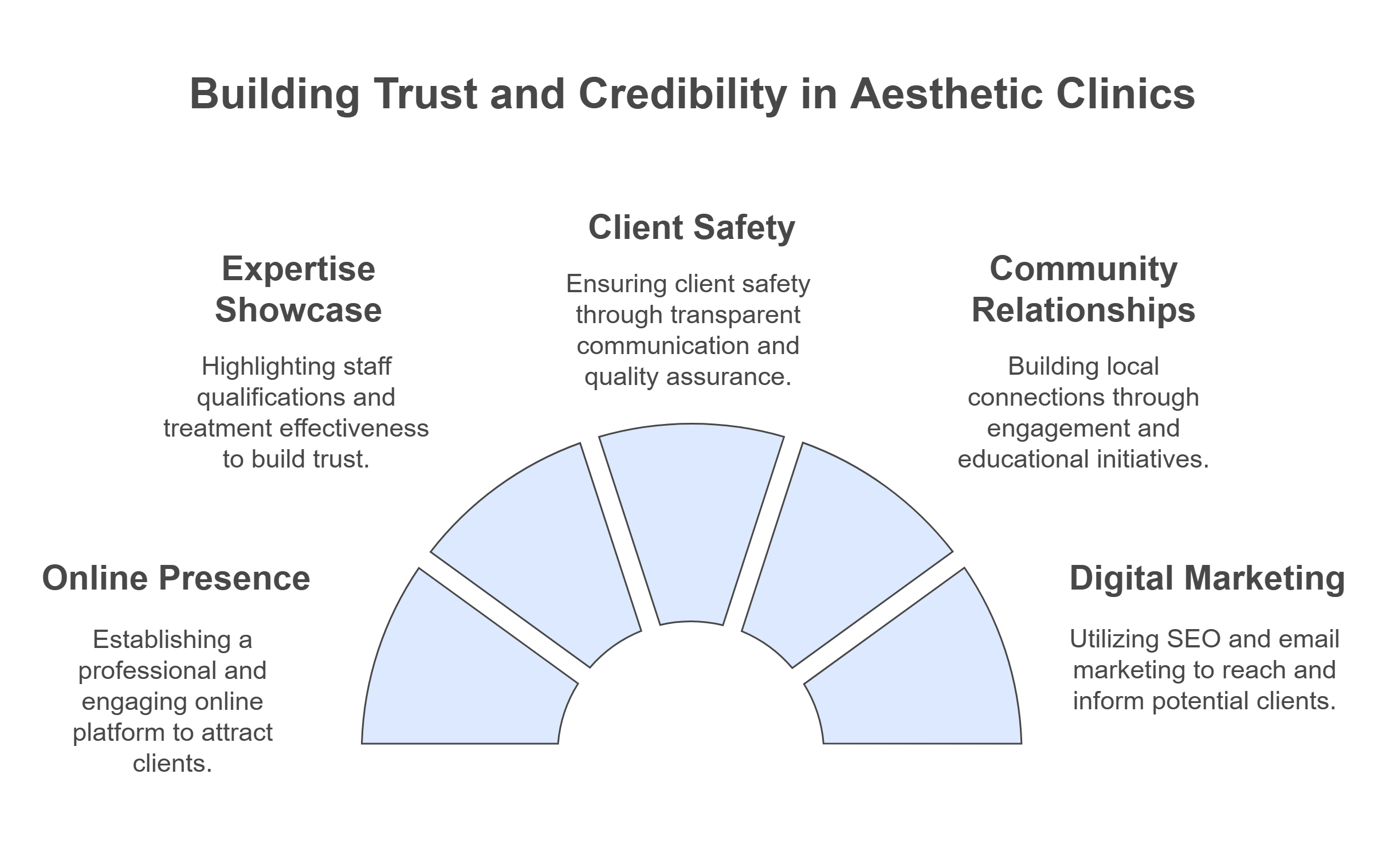
This trust can lead to increased customer loyalty and repeat business. When customers know you’re meeting safety standards, they’re more likely to choose your products over others.
Access to Broader Market Opportunities
With a licence in hand, your business can tap into new markets that might have been off-limits before. Many regions and countries require a cosmetic marketing licence to sell products, so having one opens doors to international markets. This can lead to increased sales and growth opportunities. Plus, you can collaborate with other businesses more easily, as partners often prefer working with licenced companies.
Ensuring Product Safety and Quality
A cosmetic marketing licence isn’t just a piece of paper. It’s a commitment to maintaining high safety and quality standards in your products. This means regular testing and compliance with health regulations, which can prevent costly recalls and protect your brand’s reputation.
By prioritising safety, you not only protect your customers but also build a strong foundation for long-term success.
Holding a cosmetic marketing licence is not just about meeting legal requirements; it’s about building a brand that consumers can trust and rely on. In an industry where safety and quality are paramount, a licence sets you apart and positions your brand for future growth.
Challenges and Solutions in Cosmetic Marketing Licencing
Overcoming Common Licencing Hurdles
Getting a cosmetic marketing licence isn’t always a walk in the park. Many businesses stumble over similar roadblocks, like confusing paperwork or unexpected costs. Understanding the specific requirements for your region can save you a lot of headaches.
It’s crucial to keep an eye on the details, like ensuring all your products meet local safety standards. A good tip is to break down the process into smaller steps and tackle them one at a time. This way, it doesn’t feel so overwhelming.
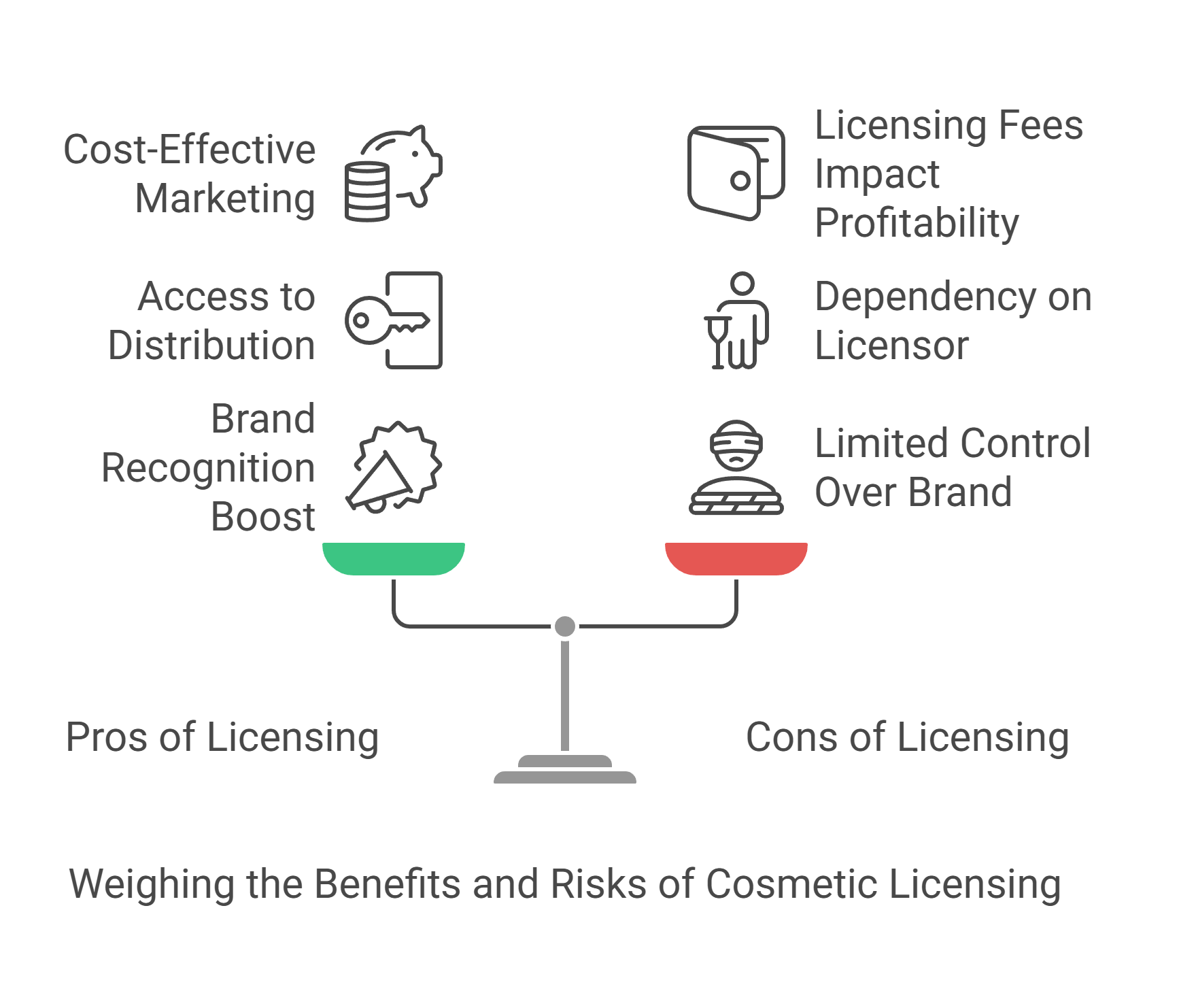
Addressing Regulatory Changes Effectively
Regulations in the cosmetic industry can change faster than you might think. Staying updated is key to maintaining compliance. Subscribing to industry newsletters or joining professional groups can keep you in the loop. It’s also wise to have a dedicated team member or consultant who can focus on these updates. This proactive approach helps you adapt quickly to changes, avoiding any legal hiccups.
Strategies for Cost-Effective Compliance
Licencing can be expensive, but there are ways to manage costs without cutting corners.
Firstly, consider investing in digital tools that streamline compliance tasks, like software for tracking regulations or managing documents.
Secondly, collaborate with other businesses to share resources and expertise.
Lastly, don’t shy away from seeking advice from industry experts who can offer insights on emerging trends and cost-saving strategies.
Remember, spending a bit more upfront can save you from costly errors down the line.
Navigating the licencing landscape can be daunting, but with the right strategies and support, it’s entirely manageable. Stay informed, be proactive, and don’t hesitate to reach out for help when needed.
Future Trends in Cosmetic Marketing Licencing
Emerging Standards and Guidelines
New guidelines are continuously being developed to ensure products meet safety and quality expectations. These standards are not just about compliance but also about building consumer trust. Businesses need to keep an eye on regulatory updates and be prepared to adapt quickly. Staying informed is essential, as failure to comply can lead to serious repercussions.
Impact of Technology on Licencing Processes
Technology is reshaping how cosmetic marketing licences are obtained and managed. From online applications to digital tracking of compliance, the process is becoming more streamlined.
This shift not only speeds up the licencing process but also reduces errors and enhances transparency. Imagine a future where AI could predict compliance issues before they arise, saving time and resources for businesses.
Predictions for Regulatory Evolution
Looking ahead, we can expect regulations to become even more stringent. As the industry grows, so does the need for tighter controls to protect consumers. This might include more comprehensive checks on ingredients and manufacturing processes.
Companies that anticipate these changes and plan accordingly will find themselves at a competitive advantage.
The landscape of cosmetic marketing licencing is set to change dramatically. Embracing technological advancements and staying ahead of regulatory shifts will be key to thriving in this dynamic industry.
Data-driven insights will play a significant role in shaping future regulations.
Collaboration between international regulatory bodies may lead to more unified global standards.
Businesses should invest in compliance technologies to stay ahead of the curve.
Conclusion
Navigating cosmetic marketing licences might seem daunting at first, but it’s a crucial step for anyone serious about entering the beauty industry. Understanding the legal requirements not only ensures compliance but also builds trust with your clients. With the right knowledge and preparation, obtaining a cosmetic marketing licence can be a straightforward process.
Remember, staying informed and proactive is key. So, take the time to research, seek advice if needed, and approach this task with confidence. Your efforts will pay off, paving the way for a successful and compliant business in the ever-evolving world of cosmetics.
Frequently Asked Questions
What is a Cosmetic Marketing Licence?
A Cosmetic Marketing Licence is a permit that allows businesses to legally sell and promote cosmetic products. It ensures that the products meet safety and quality standards set by regulatory bodies.
Why do I need a Cosmetic Marketing Licence?
You need a Cosmetic Marketing Licence to ensure that your products are safe for consumers and comply with legal standards. It also helps build trust with your customers.
How can I apply for a Cosmetic Marketing Licence?
To apply for a Cosmetic Marketing Licence, you must prepare an application that includes details about your products, safety assessments, and compliance with regulations. Submit this to the relevant authorities for review.
What happens if I sell cosmetics without a licence?
Selling cosmetics without a licence can lead to legal penalties, including fines and product recalls. It can also damage your brand’s reputation.
Are there specific ingredients that cannot be used in cosmetics?
Yes, certain ingredients are banned or restricted in cosmetics due to safety concerns. Always check the latest regulations to ensure compliance.
How long does it take to get a Cosmetic Marketing Licence?
The time it takes to get a Cosmetic Marketing Licence can vary, but it generally involves a review process that might take several weeks to months, depending on the complexity of your products and compliance.


